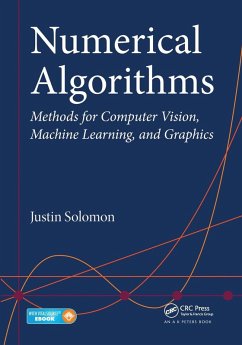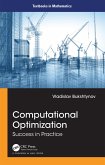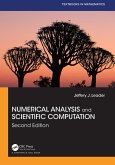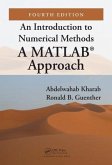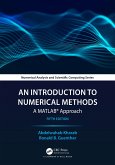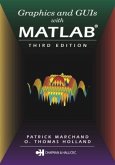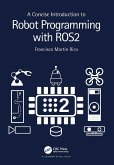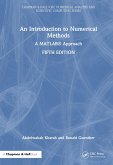Numerical Algorithms: Methods for Computer Vision, Machine Learning, and Graphics presents a new approach to numerical analysis for modern computer scientists. Using examples from a broad base of computational tasks, including data processing, computational photography, and animation, the textbook introduces numerical modeling and algorithmic design from a practical standpoint and provides insight into the theoretical tools needed to support these skills.
The book covers a wide range of topics-from numerical linear algebra to optimization and differential equations-focusing on real-world motivation and unifying themes. It incorporates cases from computer science research and practice, accompanied by highlights from in-depth literature on each subtopic. Comprehensive end-of-chapter exercises encourage critical thinking and build students' intuition while introducing extensions of the basic material.
The text is designed for advanced undergraduate and beginning graduate students in computer science and related fields with experience in calculus and linear algebra. For students with a background in discrete mathematics, the book includes some reminders of relevant continuous mathematical background.
The book covers a wide range of topics-from numerical linear algebra to optimization and differential equations-focusing on real-world motivation and unifying themes. It incorporates cases from computer science research and practice, accompanied by highlights from in-depth literature on each subtopic. Comprehensive end-of-chapter exercises encourage critical thinking and build students' intuition while introducing extensions of the basic material.
The text is designed for advanced undergraduate and beginning graduate students in computer science and related fields with experience in calculus and linear algebra. For students with a background in discrete mathematics, the book includes some reminders of relevant continuous mathematical background.
"This book covers an impressive array of topics, many of which are paired with a real-world application. Its conversational style and relatively few theorem-proofs make it well suited for computer science students as well as professionals looking for a refresher."
-Dianne Hansford, FarinHansford.com
-Dianne Hansford, FarinHansford.com

